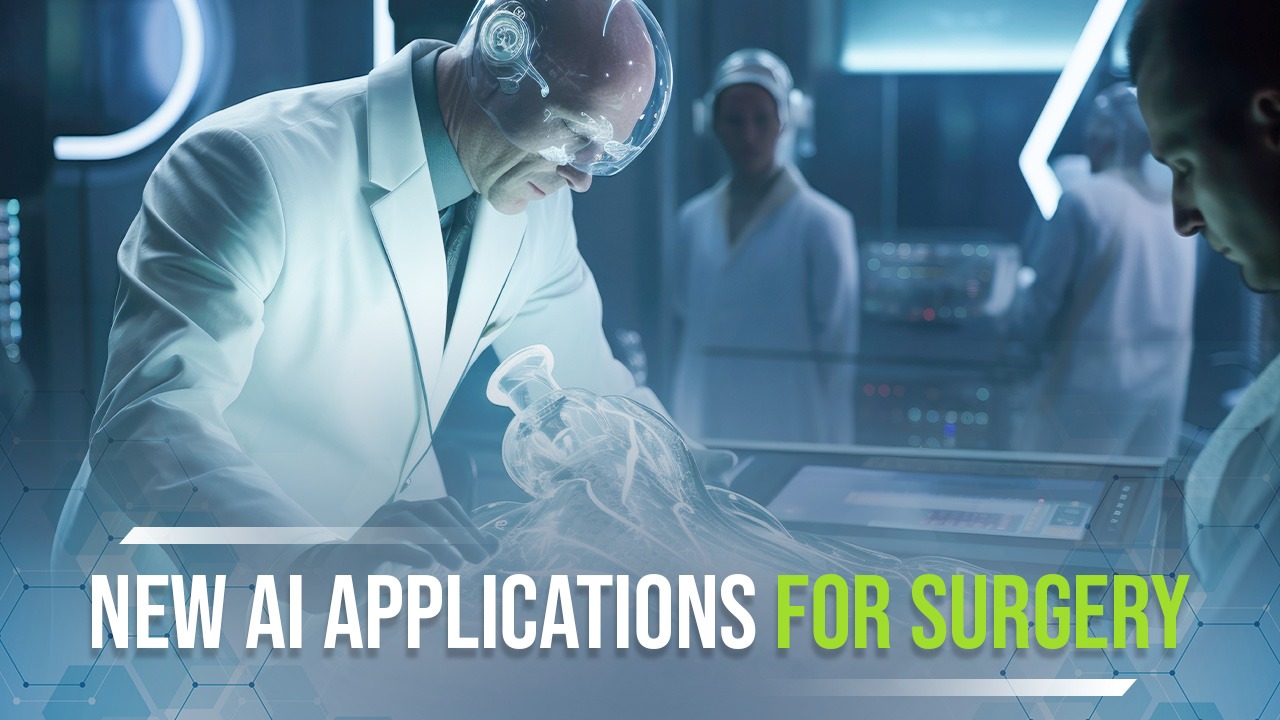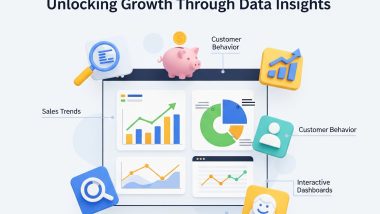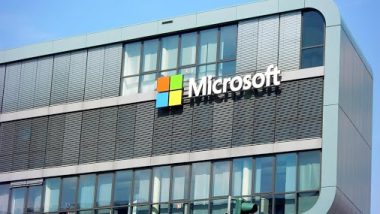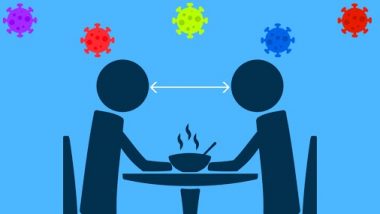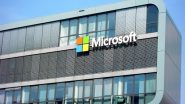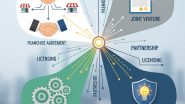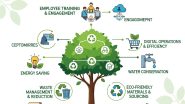On 18 March, Johnson & Johnson announced their collaboration with Nvidia to integrate new AI devices and platforms for pre- operation to post- operation. These new-scale artificial intelligence devices help surgeons to have all the information under one roof, said Kimberly Powell, Nvidia's vice president of health care.
Many companies have been using AI to analyze surgical videos and are helping in the automation of time-consuming documentation after a procedure. However, combining artificial intelligence with machines will make the task easier. “Nvidia has been working in medical devices and imaging for more than a decade”, said Powell.
The MedTech unit at Johnson & Johnson creates tools and solutions for major conditions that are commonly spreading within people such as kidney failure, heart failure, and stroke.
Their technology has been used in more than 75 million cases every year. Moreover, Shan Jegatheeswaran, Vice President & Global Head of Digital at Johnson & Johnson MedTech, said “One minute of surgical video is equivalent to 25CT scans. So, having computer power and infrastructure will help to annotate and share video widely to the surgeons.”
Powell further states in an interview, “There’s an ability to use all the sources of data inside an operating room, whether it’s your voice, or whether it’s the video coming from a camera inside the body, or elsewhere, to take advantage of the generative AI moment that we’re in.”
In the shorter term, de-identifying and enhancing the videos will help in the education and training of surgeons whereas in the longer term, analytics will be layered on top of video for real-time decision support.
The more accessible surgical video ensures less dependency of the residents on the insights and availability of more experienced physicians at their institution. Jegantheeswaran in continuation said, “Think about athletes. They look at game tape, and they get better over time as they look at themselves, That’s sort of the starting point. That’s the holy grail in the short term.”
Powell further states, “The collaboration is in the “early innings” and many applications are in the process for fine-tuning and safety implementation”, However, nondiagnostic cases such as automating paperwork will reduce the surgeon's time and make a difference “right out of the gate.”
Powell concluded with, “I think all of us as patients should get excited about the fact that this kind of technology is going to be able to enter in and be within reach of all the clinicians and all the hardworking nurses and all the health-care staff, They’re going to have the very best tools and information at their disposal.”
